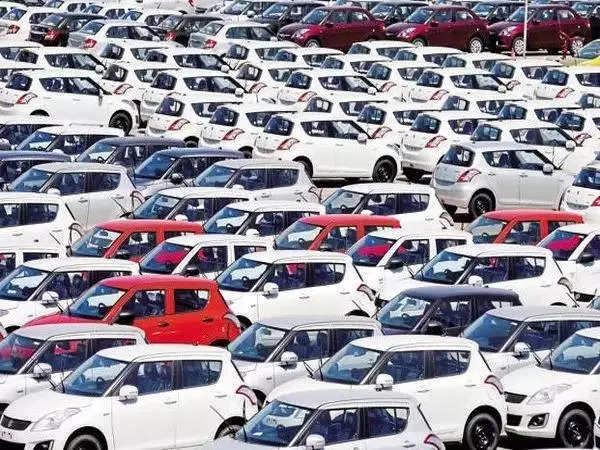Passenger vehicle sales in the local market are expected to grow by 8.1-8.2% to 4.23 million units in FY24, buoyed by better-than-expected economic growth especially in the last two quarters, favourable monsoons despite the El Niño conditions, and effective monetary policies that helped rein in high inflation without affecting domestic consumption buoyed demand, industry insiders said.
Earlier in the year, the industry had estimated sales of 4 million units and 4.13 million units.
“The initial forecast for the PV industry was between 5% to 7%,” said Shashank Srivastava, senior executive officer (marketing and sales) at Maruti Suzuki. “Around July, because of continued supply constraints, the estimates veered to a lower bias. This was reinforced by forecasts of a weaker monsoon due to El Nino and higher repo rates due to inflationary pressure,” he said.
“However, monsoons turned out to be near normal and auto loan rates creeped up only partially and this, together with healthy GDP growth, supported demand, which is now expected to be 8.2% over last year,” Srivastava told ET.
On a cumulative basis, the industry dispatched 3.86 million cars to showrooms between April 2023 and February 2024, a growth of 8.6% over 3.55 million units in the year-ago period. Car dispatches for the entire FY23 stood at 3.89 million units. Industry stakeholders are optimistic of the demand momentum in the automotive sector continuing going ahead. A “phenomenal” increase in aspiration levels among buyers in India will drive growth in the industry, Hyundai Motor India (HMIL) chief operating officer Tarun Garg said.
“In India, customers are moving from hatches to SUVs/ premium SUVs,” he said. “Vehicle prices have gone up in the last 3-4 years. But at the same time, the market has expanded. Average age of the buyer has come down.”
Demand continues to be healthy even as supplies have bettered.
Volkswagen Passenger Cars India brand director Ashish Gupta said by all conservative estimates, car sales should grow by at least 5% in the ongoing calendar year.
“But take that with a pinch of salt… At the start of 2023, everyone was saying 5% growth, and we ended up at 10%. So, the industry might just surprise us,” he said. “The base indicators of the economy continue to be strong, with low-interest rates and no reason for fuel prices to rise. If you look at the stock market, it’s doing well. There is no reason for the growth to slow down,” Gupta said.
India brought down inflation from nearly 9% in mid-2022 to 5.1% in January 2024. And while the Reserve Bank of India (RBI) raised repo rates by 250 basis points in this period, banks passed on 130 basis points in retail rates for auto loans to customers.
A prudent monetary policy, which helped contain inflation, without hitting the growth engine helped sustain consumer demand across sectors from real estate to automobiles, experts said.
India remained the fastest growing large economy in the world, growing by 8.4% in the third quarter of FY24.
Last week, Moody’s raised its forecast for India’s GDP growth in FY24 to 8% from 6.6% on the back of strong government expenditure and domestic consumption. “Moreover, India is poised to benefit from increased global trade and investment opportunities arising from companies’ strategies to diversify away from China,” the rating agency said in its report on banking system outlook.


